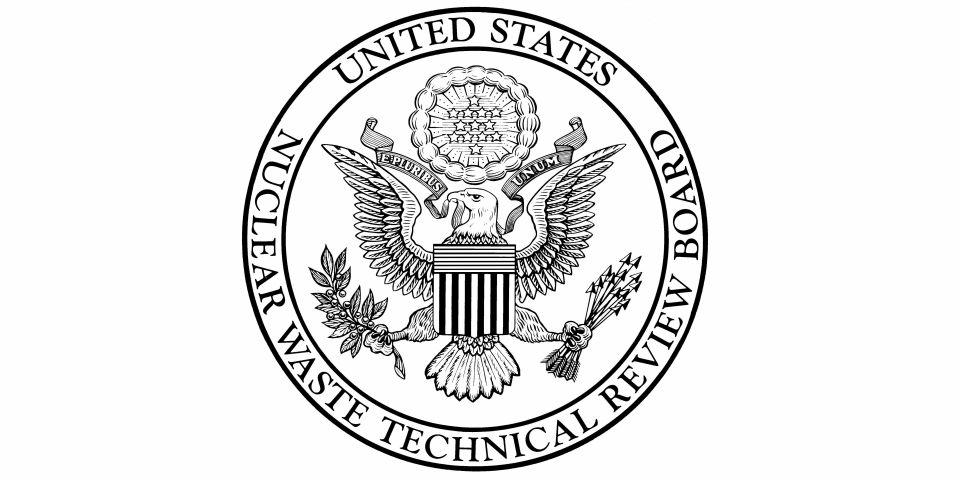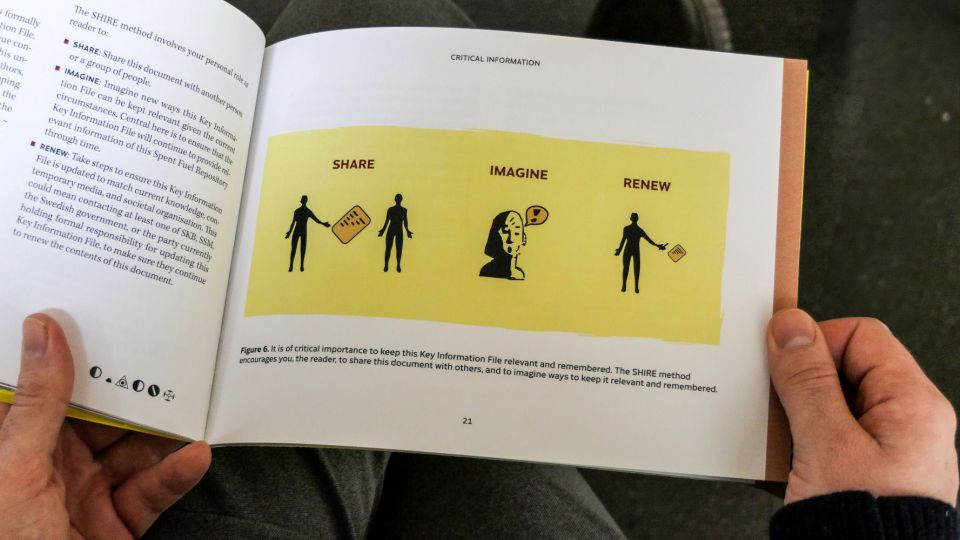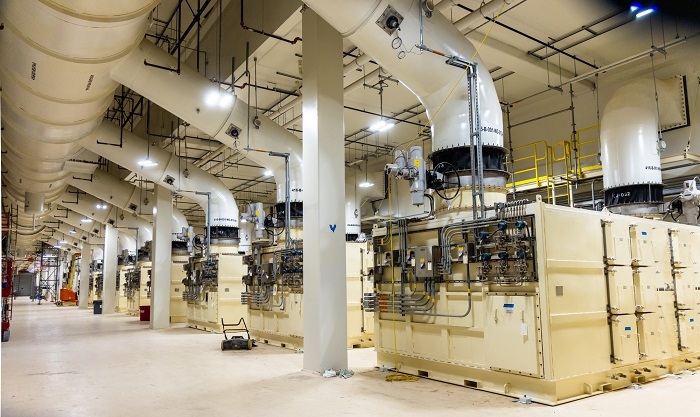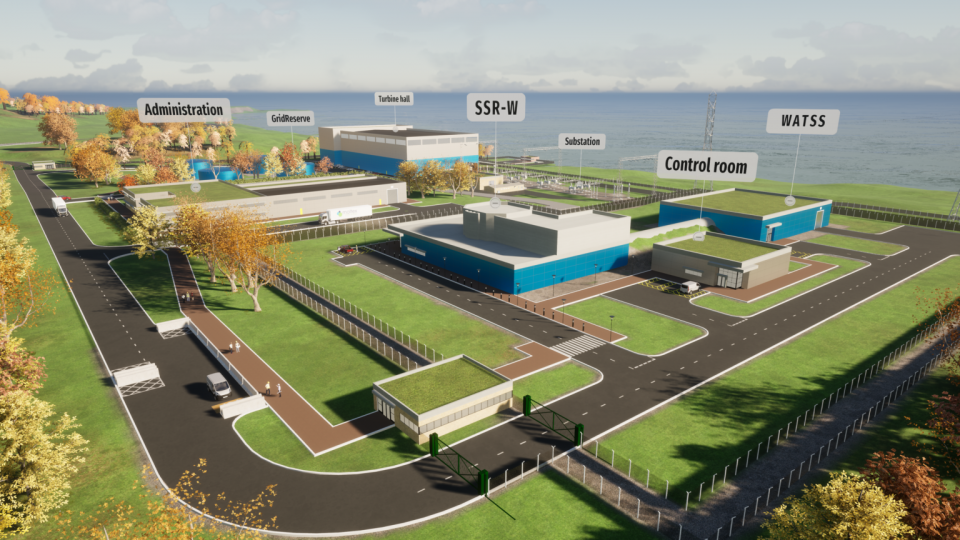Written by senior research scholar Matt Bowen, the report draws lessons from the experience of the two negotiators who served during the Office of the Nuclear Waste Negotiator’s short tenure, David Leroy (1990–1993) and Richard Stallings (1993–1995).
While Bowen notes that neither negotiator was able to reach an agreement with a state or tribe while the office was active, “tangible signs of local interest at both the county and tribe levels indicate that with more time, continuity, and other modifications to the office, an agreement might have been reached.”
Key takeaways: According to Bowen’s report, lessons from the role of nuclear waste negotiator that can be applied to today’s repository siting efforts include the following:
- Title IV of the NWPA, in which the negotiator role was outlined, included high-level consent requirements—a written agreement between the federal government and a host state or tribe, followed by congressional approval—that have been present in other successful nuclear waste management facility projects, such as the Waste Isolation Pilot Plant in New Mexico. Such consent requirements would enshrine a role for the state if, for example, a county within it wanted to move forward with studying a nuclear waste management facility.
- Congress could consider two options for utilizing the negotiator provisions of the NWPA: 1) reinstating the expired negotiator office and providing funding for it, or 2) directing the secretary of energy to follow the approach laid out in Title IV. A separate negotiator office would be independent of DOE and thus could approach negotiations without the historical baggage of the agency. The secretary of energy, on the other hand, has a higher profile than a separate office would and has a clear ability to negotiate provisions of interest to states and tribes beyond those only related to nuclear waste.
- Two tacks taken by the negotiators in the 1990s to stimulate state and tribal engagement in potentially hosting a facility could be employed under a new negotiator: 1) openly soliciting any interested states, local governments, and tribes to participate in multiple phases of increasingly detailed studies; and 2) proactively approaching communities that the federal government has reason to believe may be qualified and interested (e.g., those with military bases that are closing or DOE-owned facilities and laboratories).
- Defining the potential benefits of hosting a facility—such as infrastructure improvements or economic development through job creation at the facility site as well as potentially co-locating other federal projects or supply chain industries within the state—at the beginning of public discussion would help communities weigh such potential upside against any perceived risks.
- The limited time afforded to each negotiator, one for a little over two years (before a new administration was elected) and one for 15 months, hampered their ability to reach an agreement with states and tribes. If the Office of the Nuclear Waste Negotiator were to be reconstituted, providing a longer term and ensuring continuity across administrations would add credibility to the position and could raise the likelihood of success.
Conclusions: In the report, Bowen concludes that “a federal program today premised on a negotiated approach with states could borrow from lessons learned during the negotiator era, such as the importance of ensuring greater continuity for the office and having the benefits of hosting such a facility defined right at the beginning of public discussion to be weighed against any perceived risks.”
He adds, “While an approach based solely on the negotiator provisions of the NWPA would not address all the challenges facing the U.S. SNF and HLW management program, it could help give some definition to local and state officials, as well as members of Congress, of what will at a minimum be required as part of consent to hosting associated facilities and encourage greater engagement.”
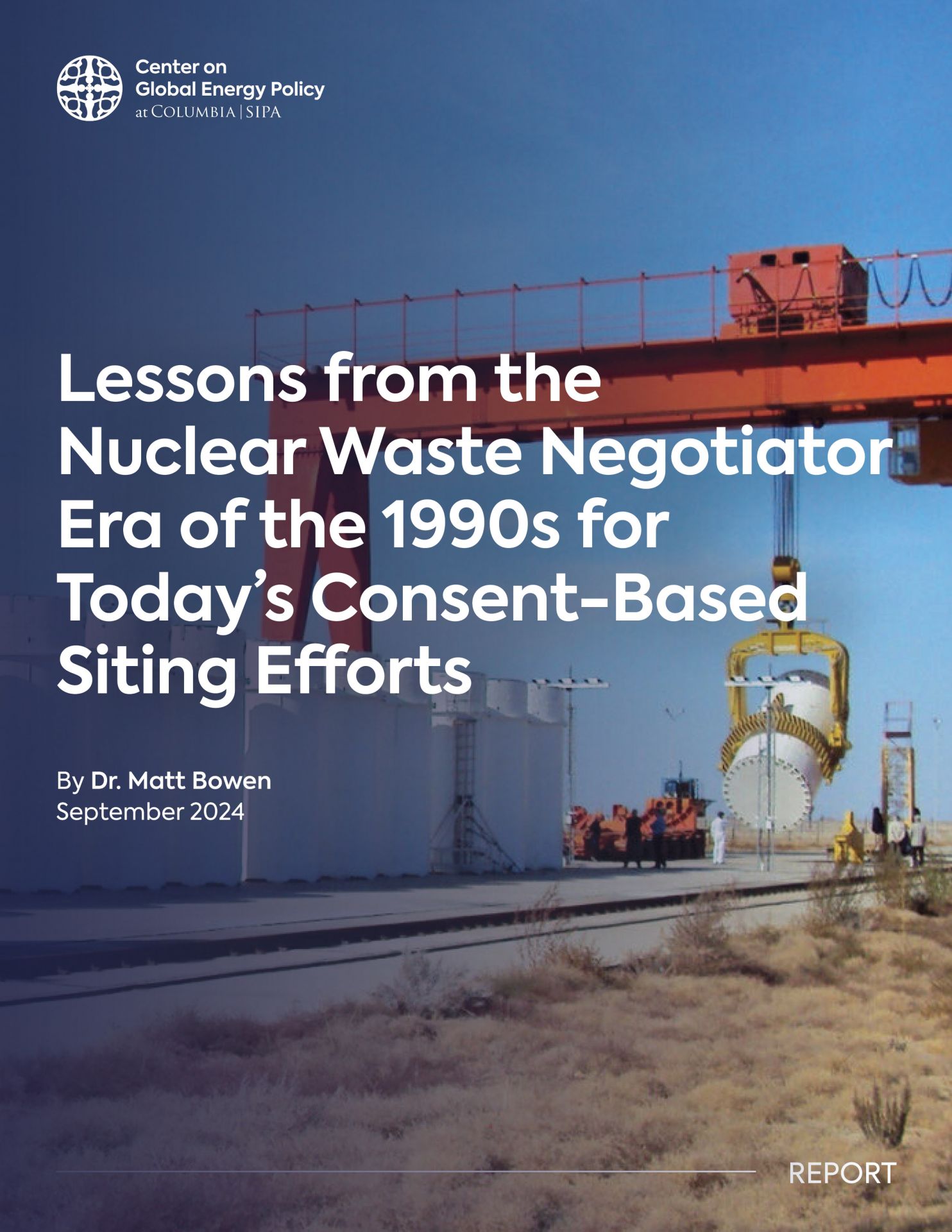 As the Department of Energy embarks on its consent-based process for siting a geologic repository for spent nuclear fuel and high-level radioactive waste, a new report from the Center on Global Energy Policy at Columbia University SIPA highlights relevant lessons from the federal government’s now defunct Office of the Nuclear Waste Negotiator.
As the Department of Energy embarks on its consent-based process for siting a geologic repository for spent nuclear fuel and high-level radioactive waste, a new report from the Center on Global Energy Policy at Columbia University SIPA highlights relevant lessons from the federal government’s now defunct Office of the Nuclear Waste Negotiator.

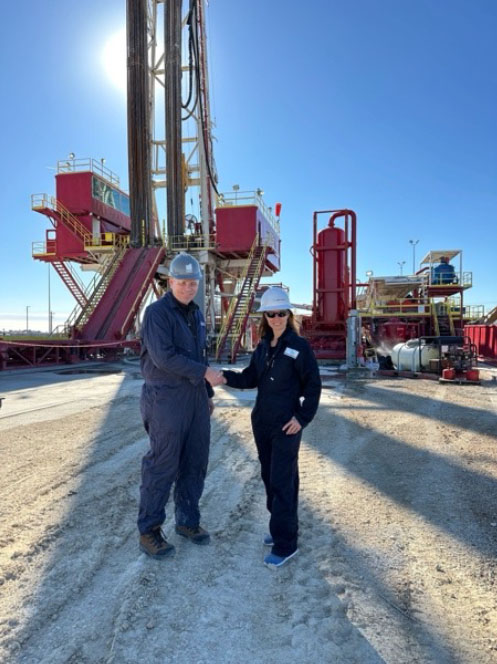.jpg)

